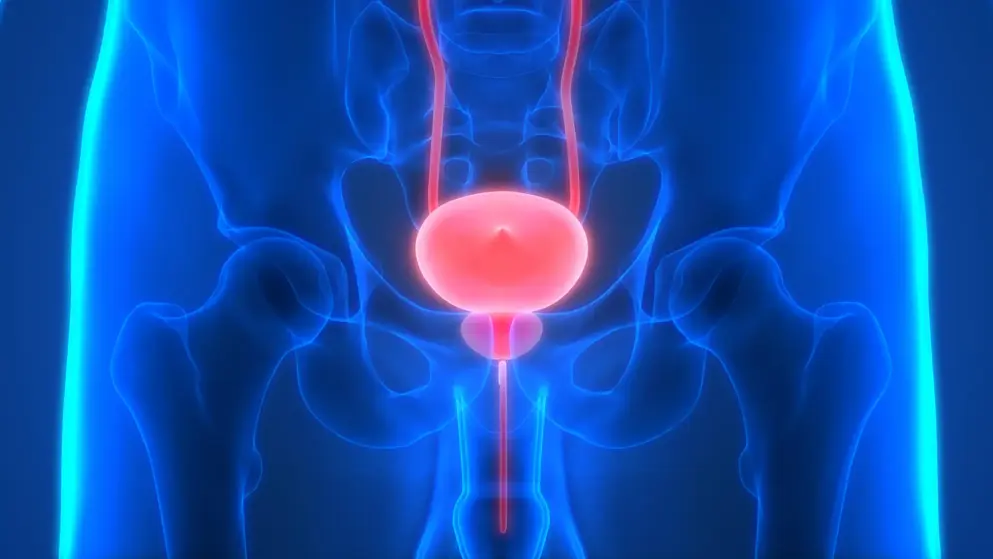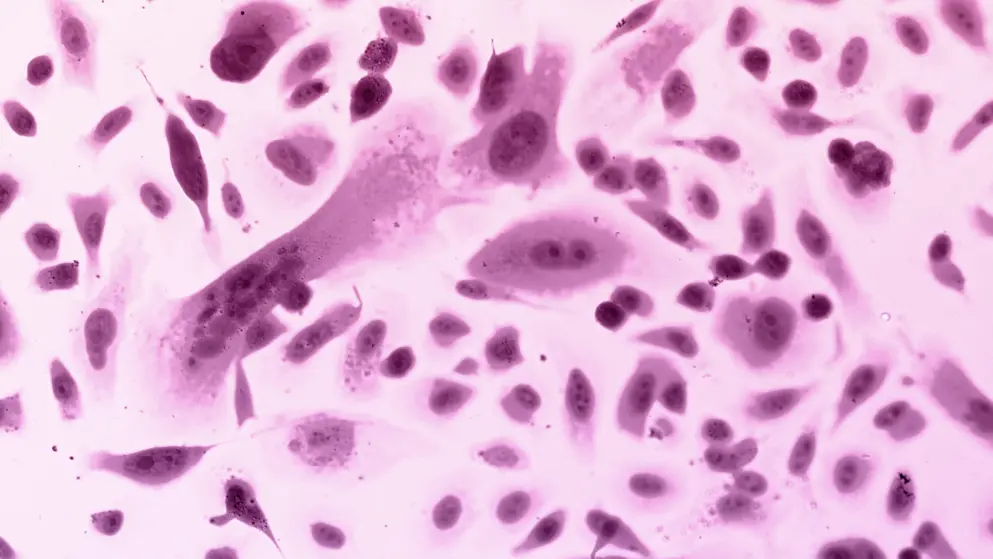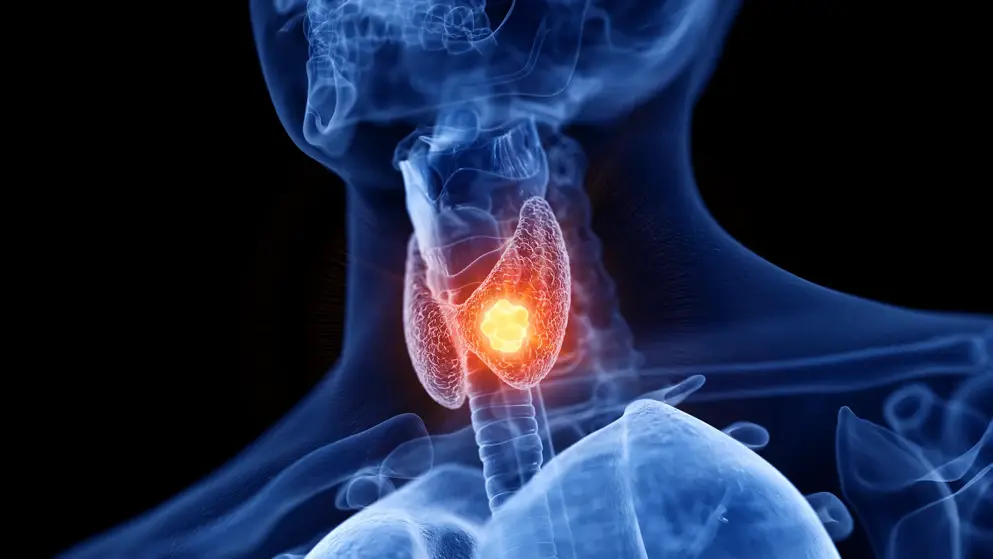
Oncology
Access our specialist oncology resources to support with assessing patient risk of disease recurrence, identification of unmet needs, and staying up to date with the latest guidelines.
Industry-funded resources
Podcast series: Molecular biomarker testing for prostate cancer
Listen to experts discuss the latest on molecular biomarker testing for prostate cancer, in this podcast series.
Updates in your area
of interest
of interest
Articles your peers
are looking at
are looking at
Bookmarks
saved
saved
Days to your
next event
next event













